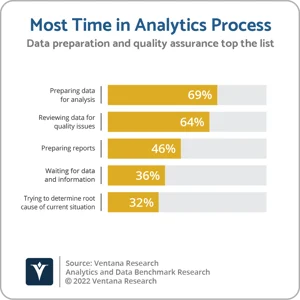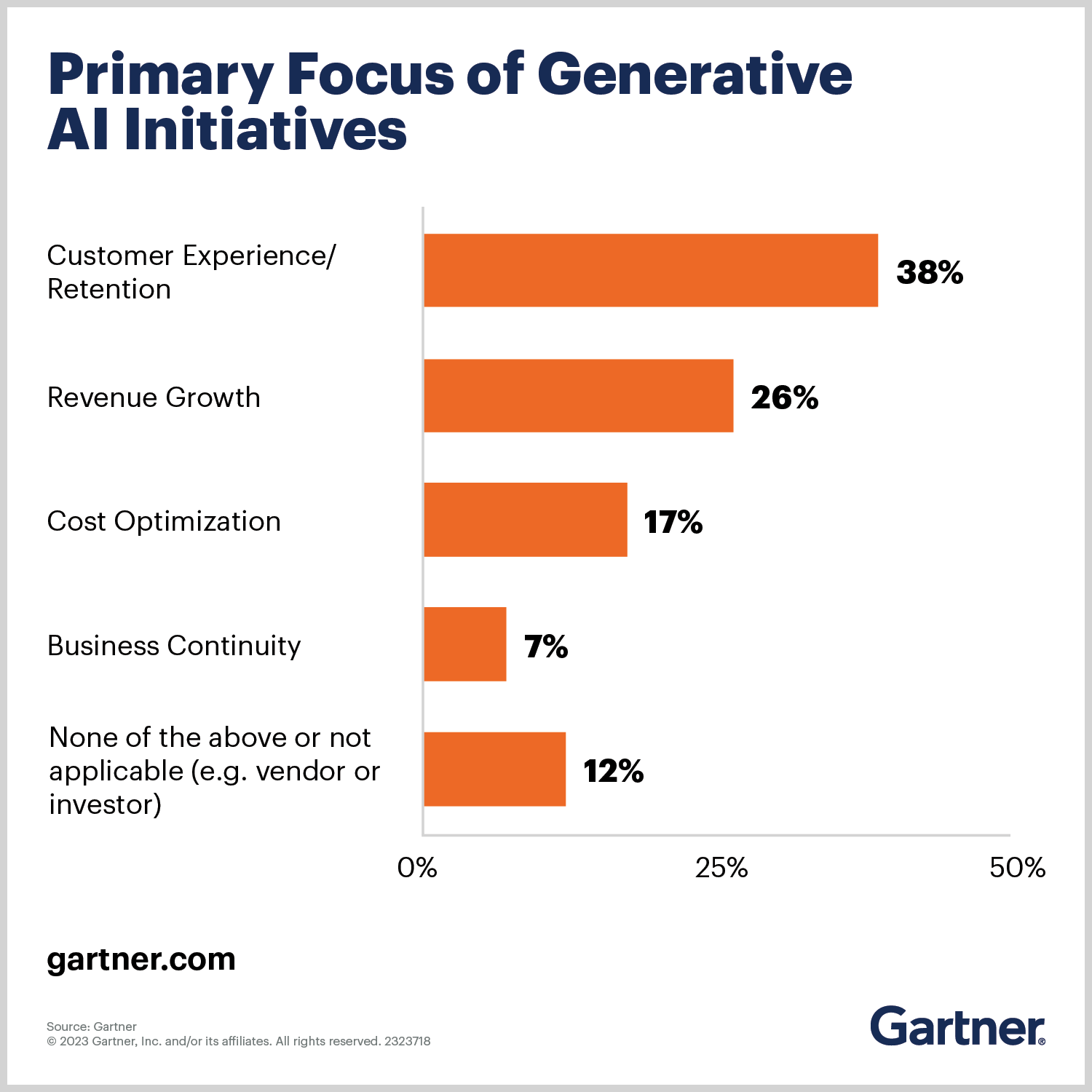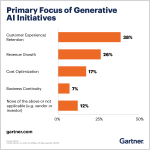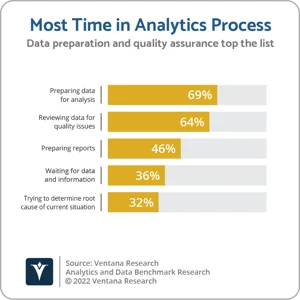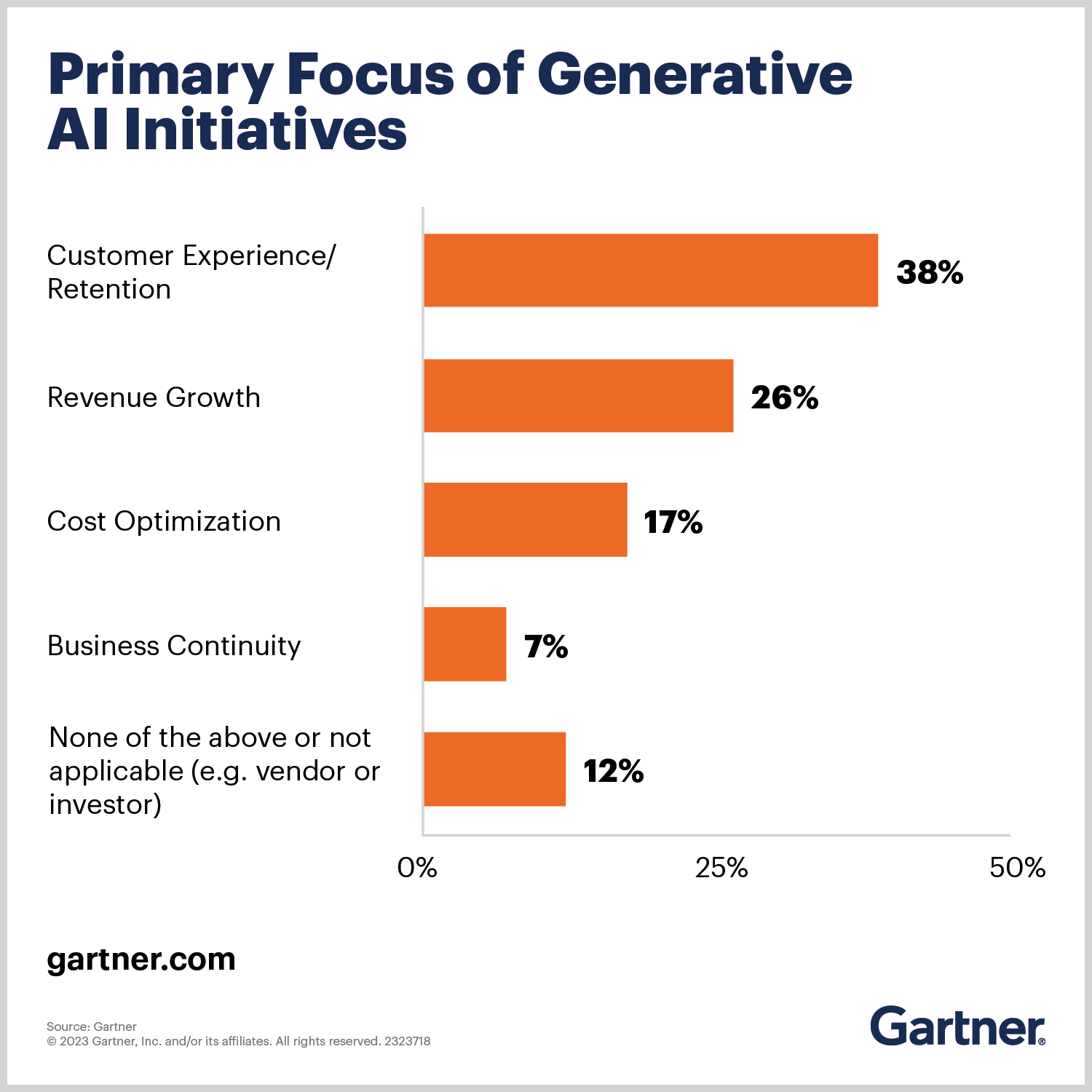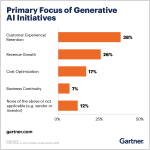How Data is Revolutionizing Transportation and Logistics
In today’s fast-paced world, the transportation and logistics industry is the backbone that keeps the global economy moving. Logistics is expected to be the fastest-growing industry by 2030. As demand for faster, more efficient, and cost-effective services grows, you’ll need to be able to connect, manage, and analyze data from all parts of your business to make fast, efficient decisions that improve your supply chain, logistics, and other critical areas.
Siloed data, poor data quality, and a lack of integration across systems can hinder you from optimizing your operations, forecasting demand accurately, and providing top-tier customer service. By leveraging advanced data integration, management, and analytics, you can transform these challenges into opportunities, driving efficiency, reliability, and customer satisfaction.
The Challenges: Harnessing Data in Transportation and Logistics
One of the most significant hurdles in the transportation and logistics sector is accessing quality data across departments. Data is often scattered across multiple systems—such as customer relationship management (CRM), enterprise resource planning (ERP), telematics systems, and even spreadsheets—without a unified access point. This fragmentation creates data silos, where crucial information is isolated across individuals and business units, making it difficult for different departments to access the data they need. For instance, the logistics team might not have access to customer data stored in the CRM, which can hinder their ability to accurately plan deliveries, personalize service, proactively address potential issues, and improve overall communication.
Furthermore, the lack of integration across these systems exacerbates the problem of fragmented data. Different data sources often store information in varied and incompatible formats, making it challenging to compare or combine data across systems. This leads to inefficiencies in several critical areas, including demand forecasting, route optimization, predictive maintenance, and risk management. Without a unified view of operations, companies struggle to leverage customer behavior insights from CRM data to improve service quality or optimize delivery schedules, and face other limitations.
The Impact: Inefficiencies and Operational Risks
The consequences of these data challenges are far-reaching. Inaccurate demand forecasts can lead to stockouts, overstock, and poor resource allocation, all of which directly impact your bottom line. Without cohesive predictive maintenance, operational downtime increases, negatively impacting delivery schedules and customer satisfaction. Inefficient routing, caused by disparate data sources, results in higher fuel costs and delayed deliveries, further eroding profitability and customer trust.
Additionally, the lack of a unified customer view can hinder your ability to provide personalized services, reducing customer satisfaction and loyalty. In the absence of integrated data, risk management becomes reactive rather than proactive, with delayed data processing increasing exposure to risks and limiting your ability to respond quickly to emerging threats.
The Solution: A Unified Data Platform
Imagine a scenario where your transportation and logistics operations are no longer bogged down by data fragmentation and poor integration. With a unified view across your entire organization, you can access accurate, real-time insights across the end-to-end supply chain, enabling youto make data-driven decisions that reduce delays and improve overall efficiency.
A unified data platform integrates fragmented data from multiple sources into a single, accessible system. This integration eliminates data silos, ensuring that all relevant information—whether from CRM, ERP, telematics, or GPS tracking systems—is available in real-time to decision-makers across your organization.
For example, predictive maintenance becomes significantly more effective when historical data, sensor data, and telematics are integrated and analyzed consistently. This approach minimizes unplanned downtime, extends the lifespan of assets, and ensures that vehicles and equipment are always operating at peak efficiency, leading to substantial cost savings.
Similarly, advanced route optimization algorithms that utilize real-time traffic data, weather conditions, and historical delivery performance can dynamically adjust routes for drivers. The result is consistently on-time deliveries, reduced fuel costs, and enhanced customer satisfaction through reliable and efficient service.
A unified data platform also enables the creation of a 360-degree customer view by consolidating customer data from various touchpoints—such as transactions, behaviors, and support interactions—into a comprehensive and up-to-date profile. This holistic view allows you to offer personalized services and targeted marketing, leading to higher customer satisfaction, increased loyalty, and more successful sales strategies.
Proactive risk management is another critical benefit of a unified data platform. By analyzing real-time data from multiple sources, you can identify potential risks before they escalate into critical issues. Whether you’re experiencing supply chain disruptions, regulatory compliance challenges, or logistical issues, the ability to respond swiftly to emerging risks reduces potential losses and ensures smooth operations, even in the face of unforeseen challenges.
Face the Future of Transportation and Logistics With Confidence
As the transportation and logistics industry continues to evolve, the role of data will only become more critical. The Actian Data Platform can help you overcome the current challenges of data fragmentation, poor quality, and lack of integration in addition to helping you position yourself at the forefront of innovation in the industry. By leveraging data to optimize operations, improve customer service, and proactively manage risks, you will achieve greater efficiency, cost-effectiveness, and customer satisfaction—driving greater success in a competitive and dynamic market.
The post How Data is Revolutionizing Transportation and Logistics appeared first on Actian.
Read More
Author: Kasey Nolan
